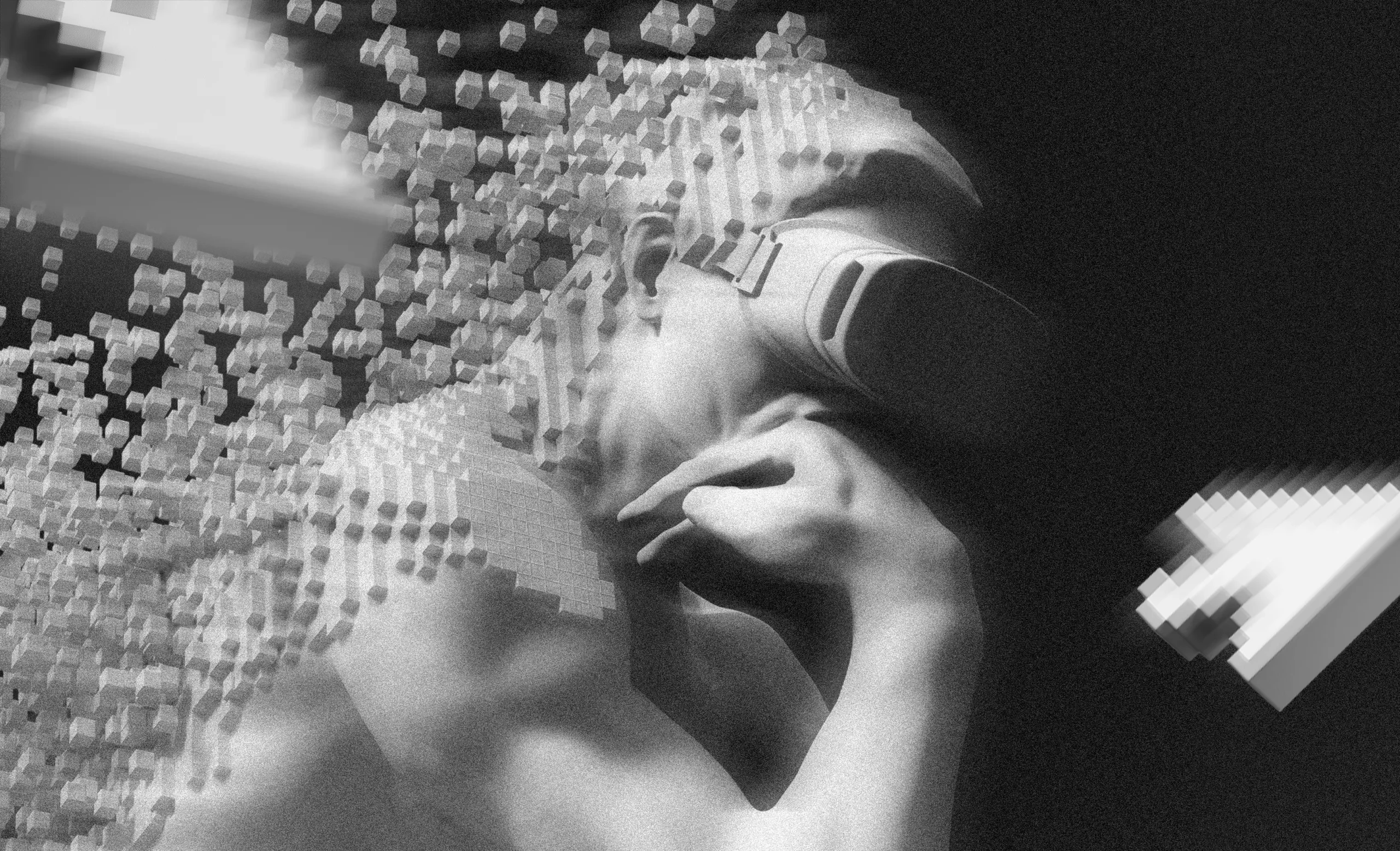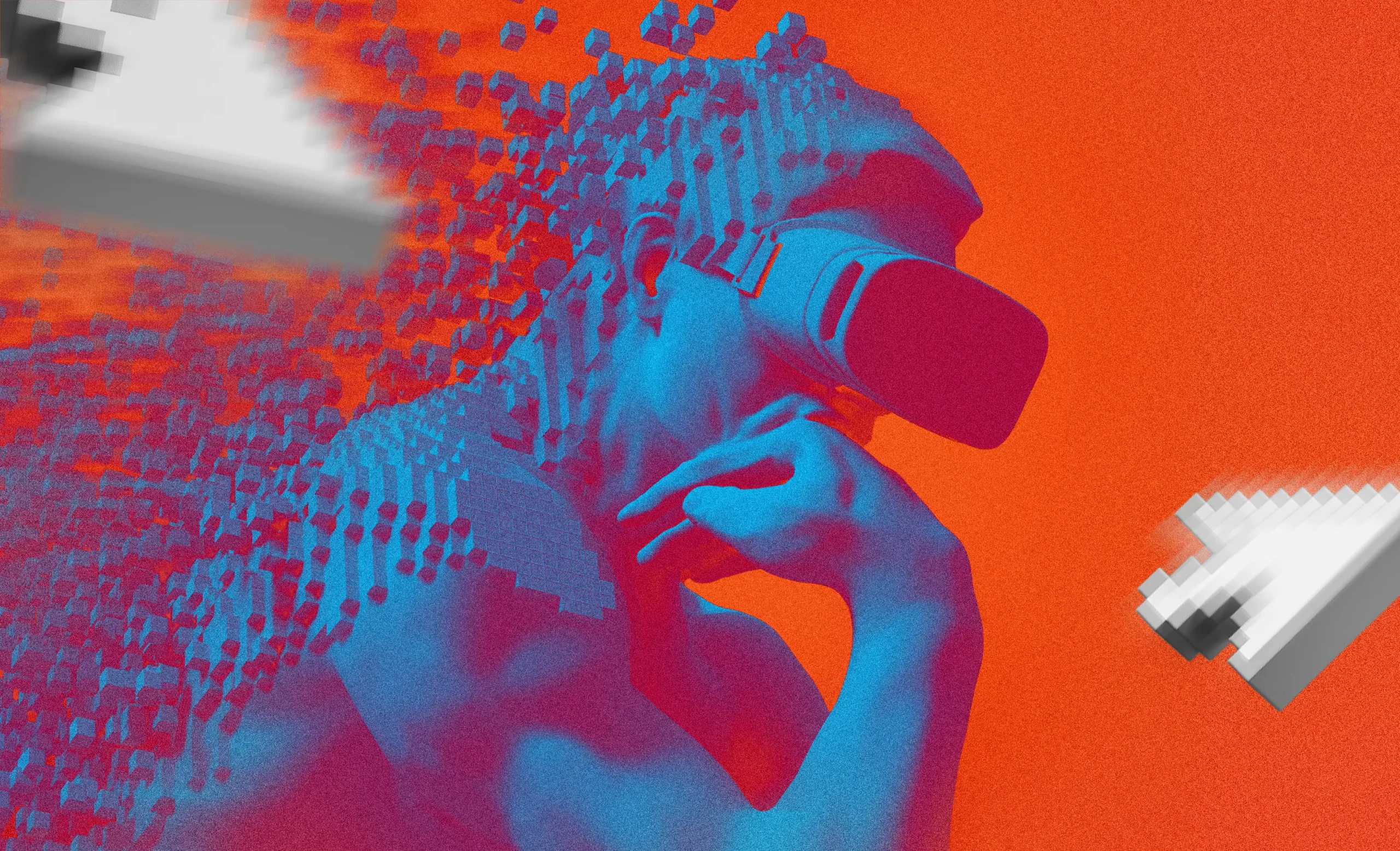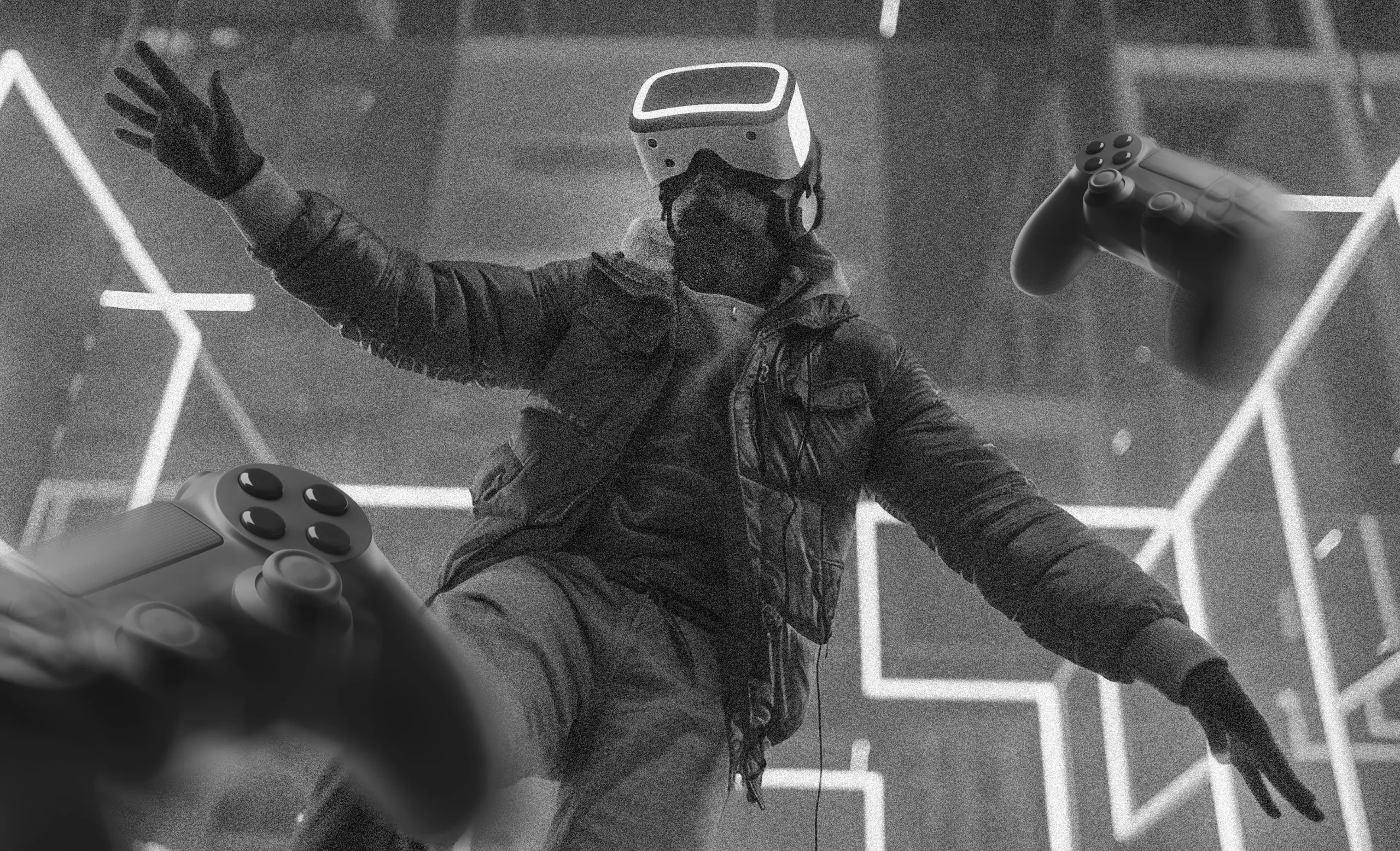We have long been used to computer-generated characters in Hollywood movies, enjoying Avatar and Blade Runner 2049 without a second thought. But what if virtual personalities started living among us, talking to us and influencing our choices? Wait a minute…
Future Is Now
This is not a dystopian cyberpunk future anymore, but our reality today. Virtual influencers are taking over social media, making inroads into our daily lives and seeping into our favorite brands’ marketing campaigns. If you are still skeptical, just note that more than half of their audience bought an advertised product, attended the talked-about event, and followed a sponsor-brand. Brands looking to keep ahead of the game and connect with active and tech-savvy audiences should not shut their eyes on this one.
How It Started
First experiments with computer-generated personalities outside cinematography started as early as in the 80s, with the fictional TV-presenter Max Headroom. Next curve of this wave caught us in the 00s, when a human-like singer software Hatsune Miku became a wildly popular music star. It was not until the end of that decade that a new era of AI influencers began that is gaining more and more steam to this very day.
In 2009, a digital child of a large Brazilian retail company Magalu appeared on YouTube to promote the company’s product. Since then, Lu of Magalu has grown into one of the world’s most popular virtual influencers with over 25 million followers across different platforms, appearing on TV shows, music videos and commercials. More have followed her lead since then.
Lu from MagaluHow It’s Going
Today virtual influencers have almost everything real opinion leaders have — they have looks and personalities of humans, they have followers’ concern with their ups and downs, and they have power over their viewers’ consumption choices. With one small difference: they are not flesh and blood but a miraculous result of cutting-edge 3D modeling, animation and AI.
The more human-like they look and act, the more they tap into people’s emotions, making the audience genuinely care for them. Take Lil Miquela for example, a 19-year old virtual wonder-child of the tech company Brud, who has hit 2.5 million followers on Instagram and is one of the most high-profile AI personalities. The company conjured up a dramatic flair around her story, with the fictional girl opening up about her origins in an emotional post where she blamed her creators for hiding the truth. Her relationships with two other Brud-created characters Blawko and Bermuda are full of twists and turns familiar to any person, which fuels the interest even more.
What About Brands?
Brands are testing the waters more and more enthusiastically, looking to get a grip on innovation. So far, the fashion industry has been the most AI-welcoming sector, with companies like Givenchy, Balenciaga, Prada, Dior, Gucci, Lanvin — the list goes on forever — choosing the models made of ones and zeros for their commercials. Shudu, the first digital supermodel and a fashion queen from South Africa, has won the hearts of a multi-million audience of Vogue, Harper’s Bazaar and Cosmopolitan.
High fashion is not the limit, of course, with more and more brands going down this exciting futuristic path, take Ikea’s collaboration with Imma or AliExpress partnering with Blawko. More and more brands choose to cast computer-generated characters as the face of their product to highlight their strive for cutting-edge technology, as is the case with the first Indian AI influencer Kyra x Amazon Prime.
Widely popular Lil Miquela is something of a beacon in the uncharted waters when it comes to brand collaborations. Bordering with an existential short film, her work with BMW pushed the boundaries of the format, presenting the world with a touching video clip that toys with Miquela’s dream to know the human joys. While her Calvin Klein commercial featuring supermodel Bella Hadid sets an example of human and virtual influencers working shoulder to shoulder to challenge stereotypes.
The first-ever BMW iX2 × lil Miquela Miquela and Bella Hadid Get Surreal | CALVIN KLEINIn recent years, more characters appear who go beyond the industry of goods and open up a new creative lawn for the innovation sector to plant the seed. Self-described “love ambassador for Planet Earth”, Leya is championing environmental protection with all her algorithmic heart, speaking at conferences, giving interviews and working with companies who share her sustainable vision. The world’s first influencer with Down syndrome Kami brings diversity to the digital space, becoming a perfect partner for inclusive brands.
Why Virtual Influencers Are the Future of Marketing
One thing is settled: virtual influencers are a real force. Yet, why go down this rabbit hole when we have the good old human bloggers to reach people’s hearts?
Full control
Virtual influencers are basically a program that can be manipulated as your heart desires. There’s no risk they will break the contract at the last moment, scare off the viewers with disturbing remarks or compromise the brand with unexpected political statements. They will never get caught up in a scandal, unless it’s scripted by their creators to stir the public.
High flexibility
Their hairstyle, hair color, body piercing, shade of skin and shape of lips — everything can be easily customized to fully fit the desired style. They can be placed against the needed scenery in no time, and an accidental error can be fixed within minutes, while with real people it would take extra days of transportations and reshoots.
Low cost
Let’s talk money for a second. Nobody says that high-quality virtual influencers cost nothing, but even if we are to compare the prices: the star of AI influencers Lil Miquela charges $10,000 per post, while human Instagram celebrities of the same scale make up to $250,000 per post. More than that, avatars won’t cause you additional expenses, such as travel fees or stylist services.
New audience
A whole new generation of consumers are digitally native, in awe of the revolutionizing power of technology. They are the most grateful and loyal audience when offered an immersive experience or a striking visual. Needless to say, this type of tech-savvy and innovative-minded consumers will be completely mesmerized if a brand cracks the door into the world of AI-powered avatars.
Global reach
Virtual influencers make up a heavily talked-about phenomenon, grabbing people’s attention all over the world, as most campaigns involving AI avatars attract wide publicity. Yet another reason why computer-generated avatars can transcend any geography roots down in their flexibility: they can connect with people from any corner of the planet due to their ability to speak any language and appear in any cultural setting.
Challenges of Virtual Influencer Collaborations
That all being said, there are some drawbacks of working with computer-generated creatures. Perfectly solvable with a well-designed marketing approach, these problems by no means should be neglected.
While intrigued and interested, people find virtual influencers less authentic, which is why their creators should be transparent about the avatar’s origins, values and missions. This is a scientifically proven fact: people want to know who is behind the technological wonder they admire. At the same time, people feel less emotionally connected to computer-generated bloggers, so a tinge of drama will not spoil the dish, and Lil Miquela’s case is here to prove it. A wise balance should be struck between clarity and intrigue.
Unrealistic beauty standards dragged along with avatars’ flawless skin and perfect bodies is another issue to be careful with, so as not to send the wrong message to the public. Good thing is, just like in the human realm, there is a trend towards more inclusive characters to be seen.
Tips To Work With Virtual Influencers
While there are not so many virtual influencers with multi-million audiences so far, they grow in number and popularity every day, so you’d better brace yourself to surf this wave. If you are excited by the front-line of technological opportunities for your business, consider the following tips.
Work with programmers side by side
Instead of bloggers and entertainers, here you work with a team of coders and designers, so make sure you are on the same page about the message you want your AI influencer to carry. Double-check whether your idea suits the CGI character they built, this is the only way to maintain authenticity.
Stay updated to technology
While the technical work is carried out by experts in the field, you should have a grasp of what is going on in the digital space to fine tune your demands to the options and opportunities at hand.
Be transparent
Once again, transparency is key when working with a digital model, so be honest with your audience to avoid backlash.
Get qualified support
For most brands, the virtual influencer market remains an unknown terrain that needs to be navigated properly. Choose the right companion to support you along this exciting journey. AAA Agency is a passionate team of professionals who can help you craft a clear brand narrative and choose the right voice to convey your message.
Ready to stand out? Contact us to propel your brand to the next level of innovation!






